All products featured are independently chosen by us. However, SoundGuys may receive a commission on orders placed through its retail links. See our ethics statement.
Sony WH-1000XM4 vs Sony WH-1000XM3
September 8, 2025



When it comes to noise canceling headphones, Sony has been a dominant force in the market for several years. The Sony WH-1000XM3 set a new standard when it was released, and its successor, the WH-1000XM4, further cemented Sony’s reputation for excellence in this category. While both models have since been surpassed by the newer Sony WH-1000XM5, they remain popular choices for many consumers due to their performance and potentially more attractive pricing.
In this comparison, we’ll look at the differences between the WH-1000XM3 and WH-1000XM4 models. When the XM4 was released, it maintained a similar design to its predecessor, focusing on incremental improvements rather than a complete overhaul. However, the comparison between these two models isn’t straightforward—newer doesn’t always mean better for every user, and some of the changes in the WH-1000XM4 might actually make the older XM3 more appealing to certain consumers.
Despite being discontinued, both the WH-1000XM3 and XM4 offer good enough performance and value — if you can find them. Let’s break down the differences between these two well-regarded headphones to help you decide which might be the better choice for your needs and budget.
Editor’s note: this post was updated on September 8, 2025, to note the discontinuation of both sets of headphones.
Though the Sony site does not reflect this, several retailers note that the Sony WH-1000XM3 and Sony WH-1000XM4 have been discontinued, and is not being carried in stock by more and more retailers. Though the product hasn’t disappeared from major retailers entirely, the day where it becomes impossible to find new units is approaching.
What extra features does the Sony WH-1000XM4 offer compared to the WH-1000XM3?
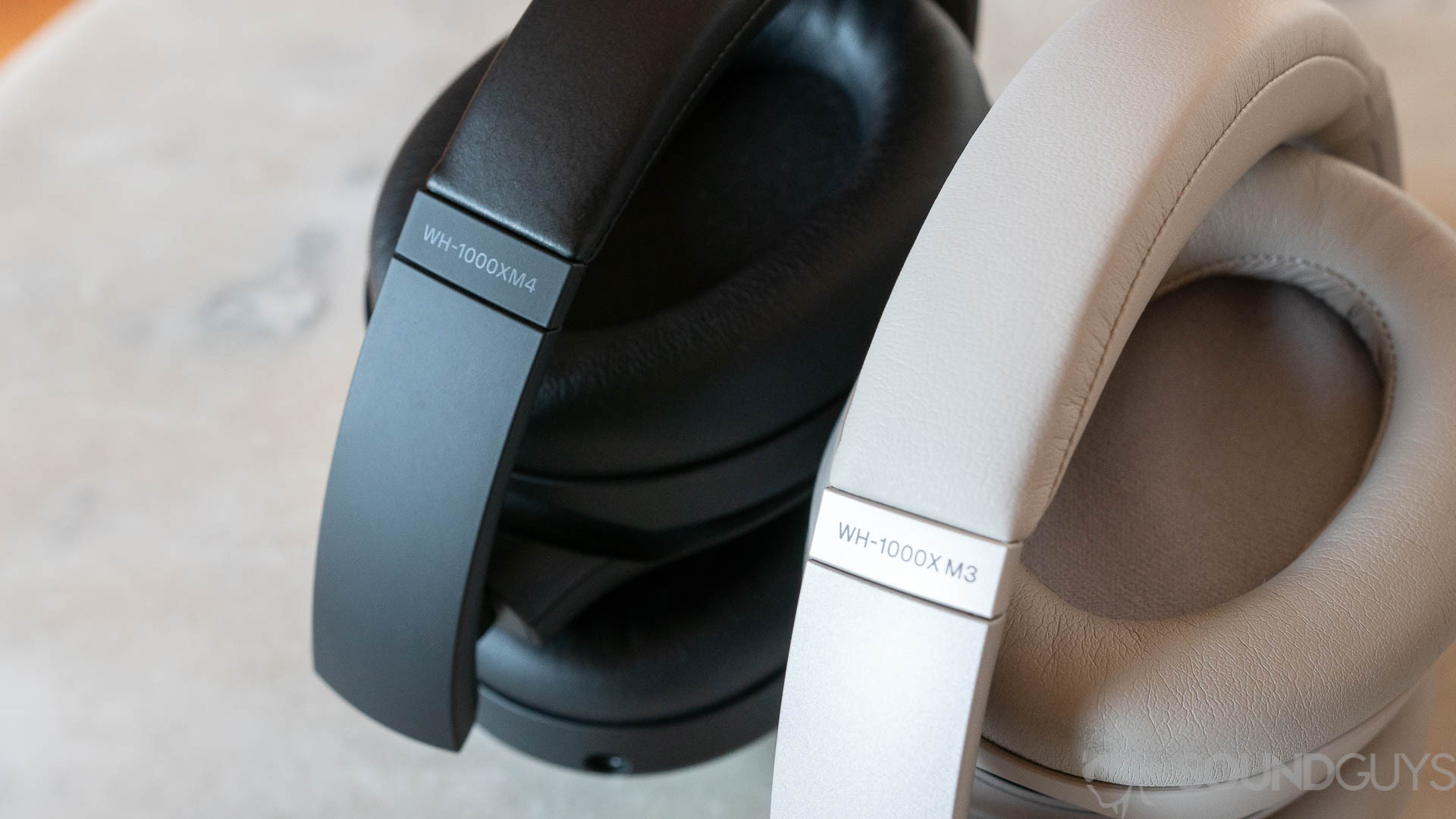
This is one of the most straightforward points of comparison between these headphones. The Sony WH-1000XM4 can do everything the Sony WH-1000XM3 can, and it offers a couple of new hardware tricks to boot.
Both headsets offer touch controls on the right headphone that let you pause, play, adjust volume, skip, and backtrack with various taps and swipes in different directions. While the feature itself is largely the same, the execution isn’t. The Sony WH-1000XM3 sensors are extremely sensitive, and this is cause for frequent, accidental inputs from bumps, nudges, and brushes. The controls are so responsive that misfires happen enough to be annoying. With the WH-1000XM4, Sony tried to correct this and went a bit too far: the WH-1000XM4 touch controls are somewhat unresponsive.
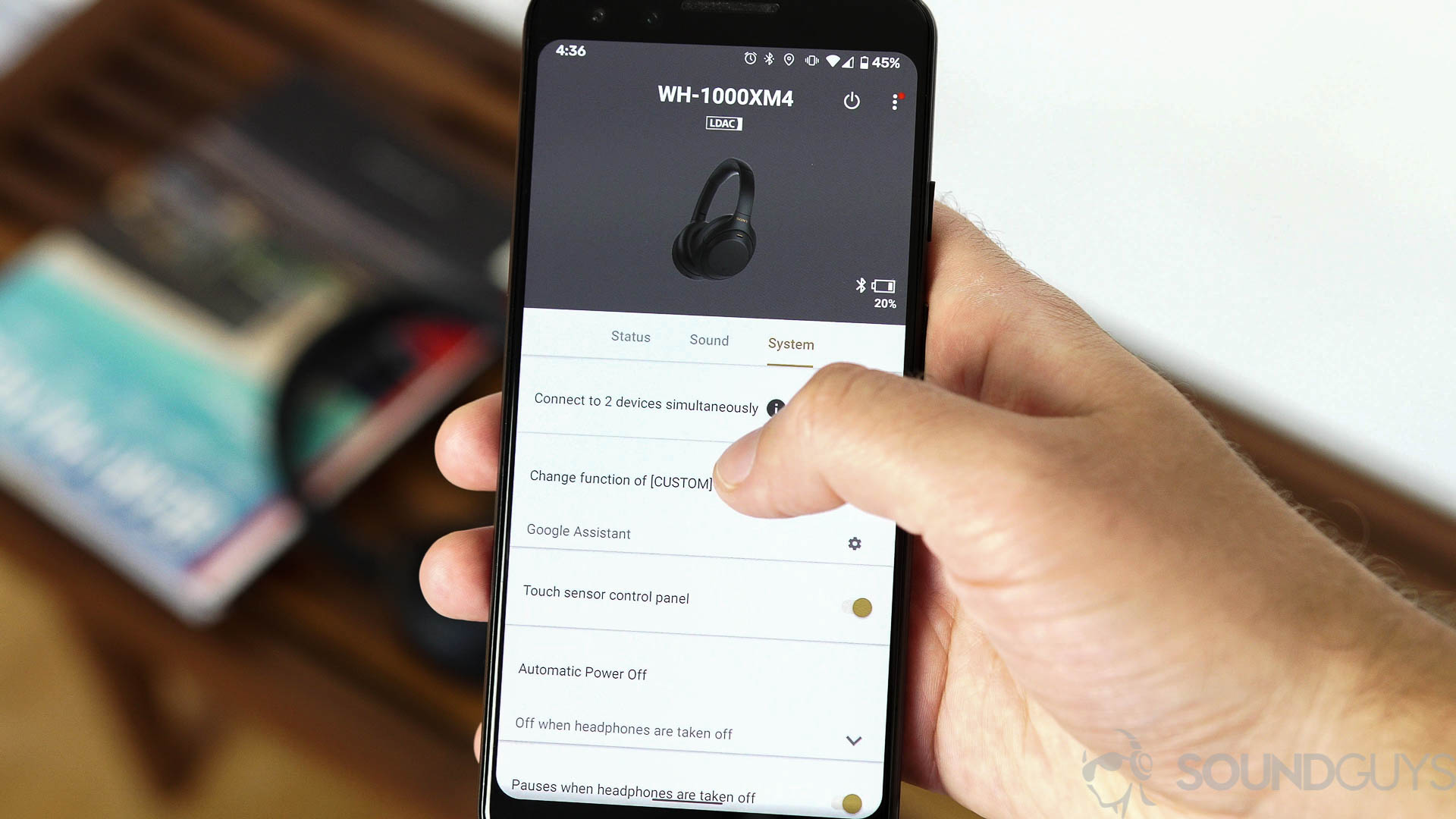
Both headsets also sync up with the Sony Headphones Connect app, which brings access to a whole suite of features. You may use the app to set custom EQ profiles and use preset ones, access Sony 360 Reality Audio, and enable ambient sound control, which creates different noise canceling profiles for different environments.
The Sony WH-1000XM4 also adds a speak-to-chat function, which pauses whatever you’re listening to when you start talking. The feature works well—maybe a little too well—the headset pauses playback when he chuckles during a podcast.
The newer Sony headphones also come equipped with a few extra sensors inside the ear cup. These pay attention to when you actually have the WH-1000XM4 on your head and pause whatever’s playing when you take them off. This feature works very well, and in fact, our reviewer relies on the auto pause/play when the touch controls are less responsive than he wants.
The Sony WH-1000XM4 offers a few connection tradeoffs
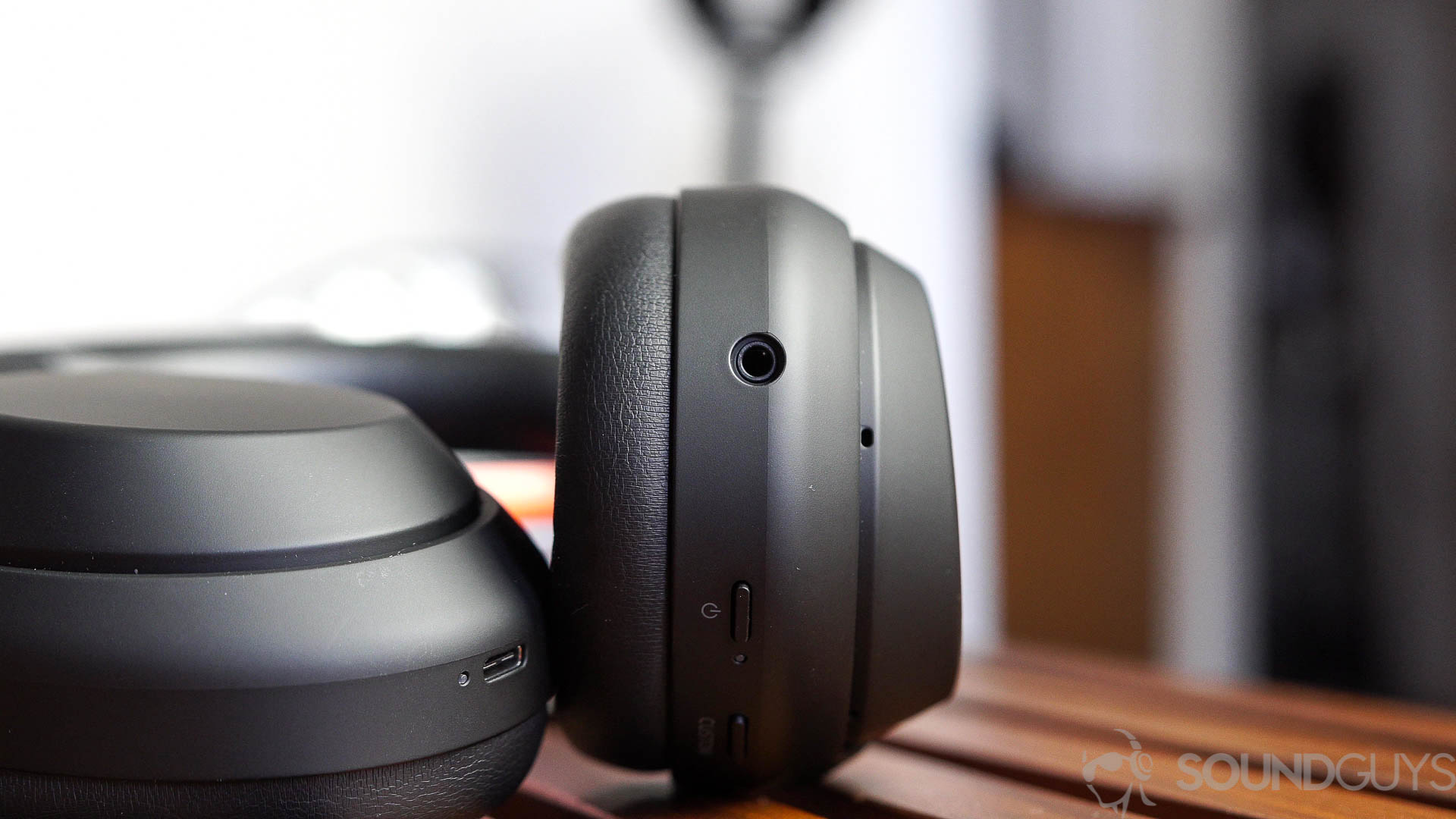
One of the biggest ways the Sony WH-1000XM4 and WH-1000XM3 differ is in their connectivity options. The Sony WH-1000XM4 features Bluetooth 5.0, support for Bluetooth multipoint connections, and high-quality codecs like AAC and Sony’s own LDAC. Multipoint only works with AAC, but it still allows the headphones to pair to two devices at once, making switching back and forth easy.
The Sony WH-1000XM3 uses Bluetooth 4.2 and supports a wider variety of codecs. In addition to AAC and LDAC, the headphones also support aptX, so Android listeners will have a more consistent, high-quality option. The unfortunate trade-off here is that the older headphones also lack Bluetooth multipoint.
Determining which one is better really depends on your needs: if you’re a heavy Apple user, the WH-1000XM4 is probably the way to go. You won’t miss aptX, and multipoint will make it easier to swap between your various devices.
It’s a little dicier if you’re an Android user—multipoint is really nice, but AAC just isn’t very good on non-Apple devices. It may be worth getting the older model if you don’t expect to swap between devices that much. After all, both devices still support pairing via NFC, which you can do by holding your compatible device up to the left headphone. Even if you have to live without multipoint, it’s not like you’ll have any trouble pairing devices.
Does the Sony WH-1000XM3 have better battery life than the WH-1000XM4?
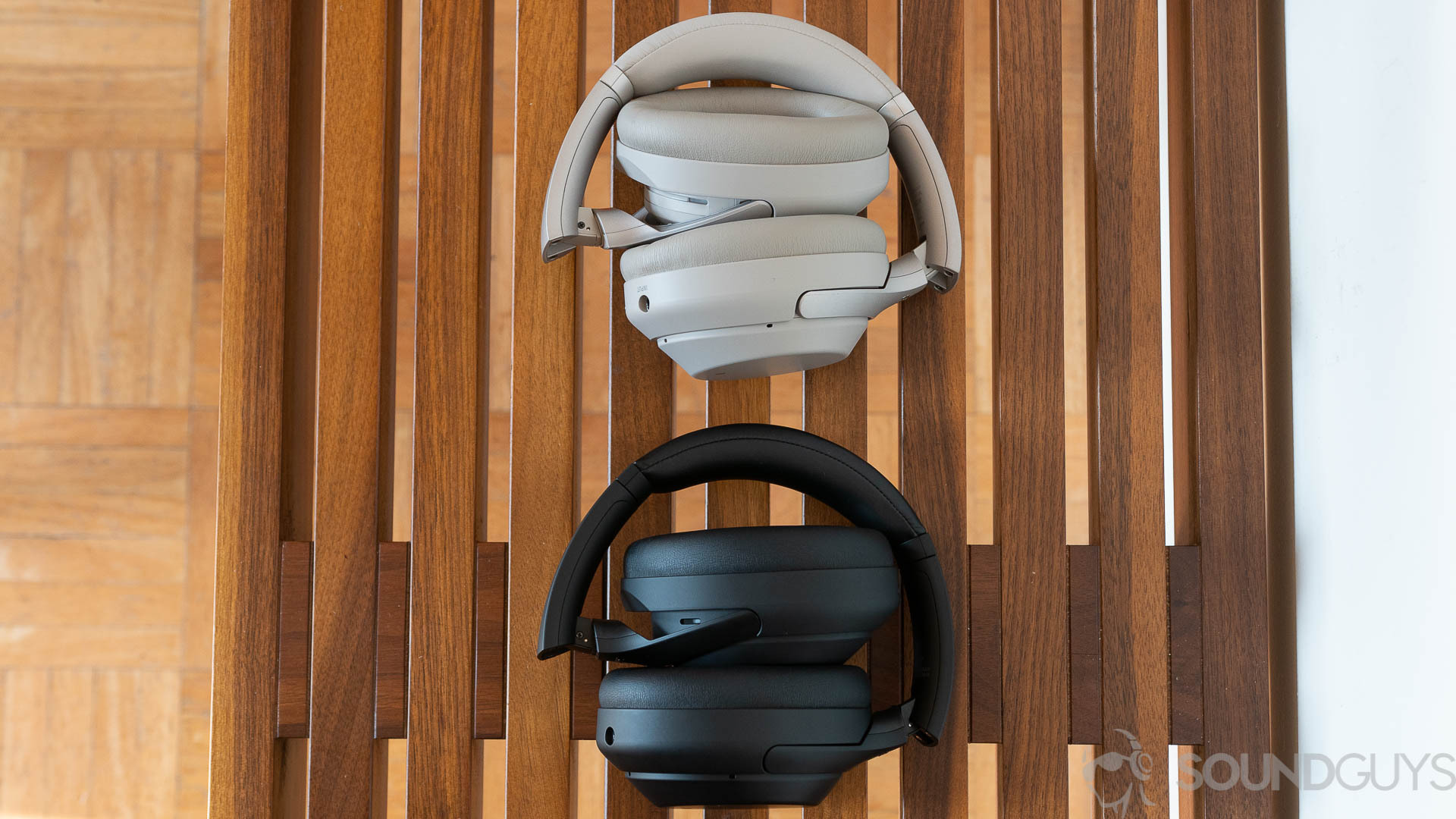
For both products, Sony claims the battery lasts 30 hours. In our testing, we found that not to be the case with either the Sony WH-1000XM4 or WH-1000XM3. The WH-1000XM4 clocked in at just a minute shy of 20 hours, which is still great for a pair of headphones. However, the Sony WH-1000XM3 manages slightly better performance, lasting 24 hours on a single charge. For both pairs of headphones, we tested with music peaking at 75dB(SPL) with active noise canceling turned on.
The discrepancy between the advertised number and our results may be disappointing, but remember, turning ANC off and listening at even a slightly lower volume will no doubt net you better results—not that even 20 hours is anything to sneeze at. It’s certainly better than just about any pair of true wireless earbuds will get you, especially ones with noise canceling.
The Sony WH-1000XM4 makes big improvements in noise canceling over the WH-1000XM3
With any pair of noise canceling headphones, the true test of a product’s ANC function is how well it filters out low-end sound. Headphones with good passive isolation properties will always block out high-frequency sound better than headphones with tenuous ear pads and a dubious fit. Top-notch headsets combine a good seal with good ANC for a big effect. Neither headphones are what anyone would consider slouches in this regard—the WH-1000XM3 led the market noise canceling for years, at least until the Sony WH-1000XM4 showed up.
In charts like these, the taller the peak, the more noise is being canceled at a given frequency. Clearly, the Sony WH-1000XM4 has considerably higher peaks, starting in the sub-bass range, meaning it’s especially adept at blocking out sound at the frequency and beyond. If you’re someone who rides a bus or flies on a plane often (or used to in the before time), this will do a better job blocking out the hum of an engine than basically everything else on the market.
Does the Sony WH-1000XM4 sound better than the Sony WH-1000XM3?
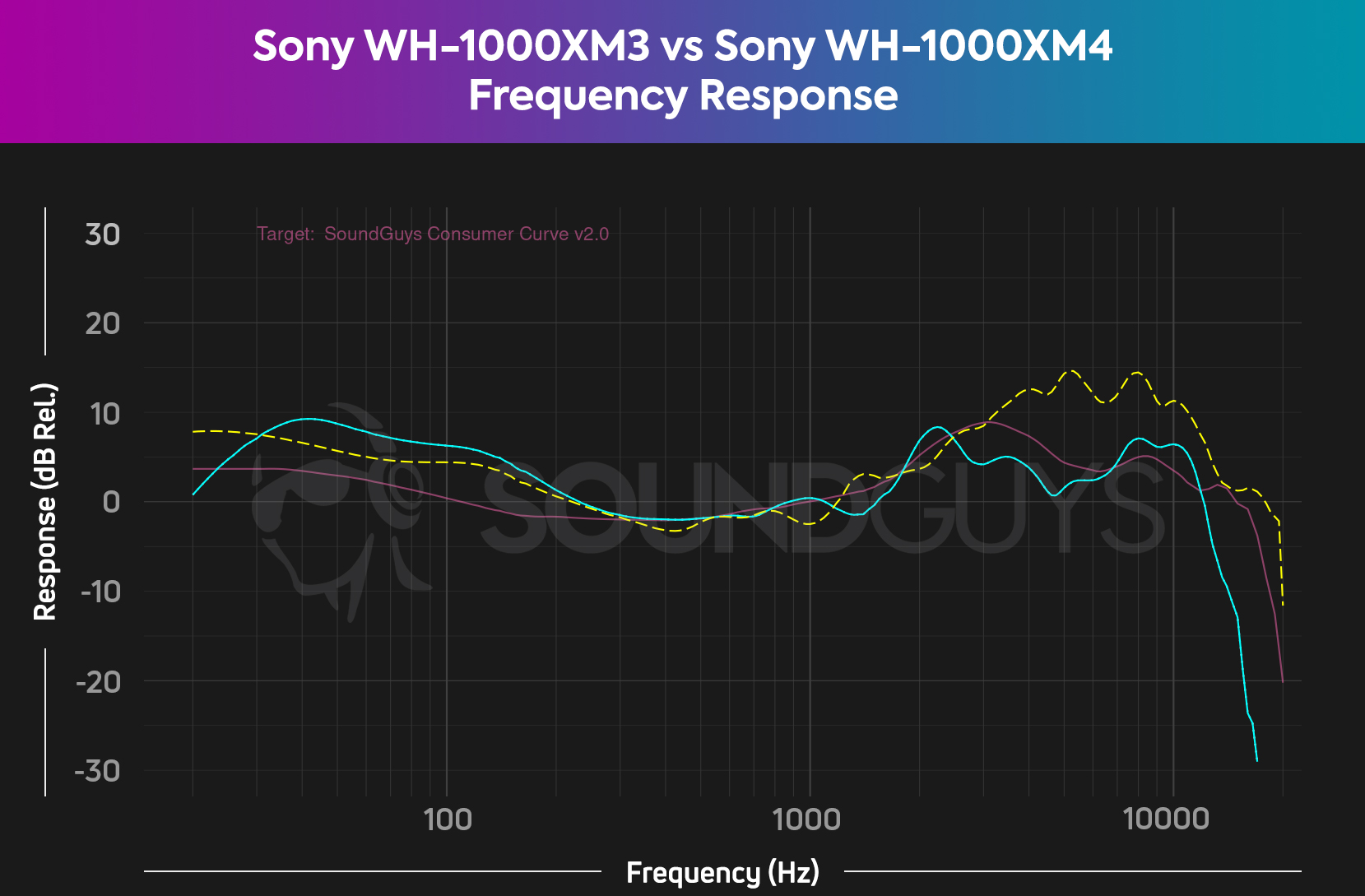
The headsets don’t reproduce sound in the same way: the WH-1000XM4 offers less boosted bass, and the WH-1000XM3 boosts bass output by around 5dB. This means the sounds of instruments like drums and bass guitars, and various low-end sounds that pop up in EDM can sound almost 50% louder, depending on where they fall on the frequency spectrum.
This difference isn’t necessarily a bad thing; it just shows that the sound profiles of the Sony WH-1000XM4 and Sony WH-1000XM3 are tailored to different audiences. Increased bass output is generally considered more consumer-friendly—if you’re used to just grabbing any old headphones off the rack, this kind of frequency response probably won’t sound all that off to you.
While the Sony WH-1000XM4 has a slightly less boosted bass response, its default treble response is a bit bonkers and will make poorly mixed tracks sound bad. You can set a custom EQ profile with the Sony Headphones Connect app, though, to avoid this loud treble response.
The Sony WH-1000XM3 microphone seems to have been a flash in the pan
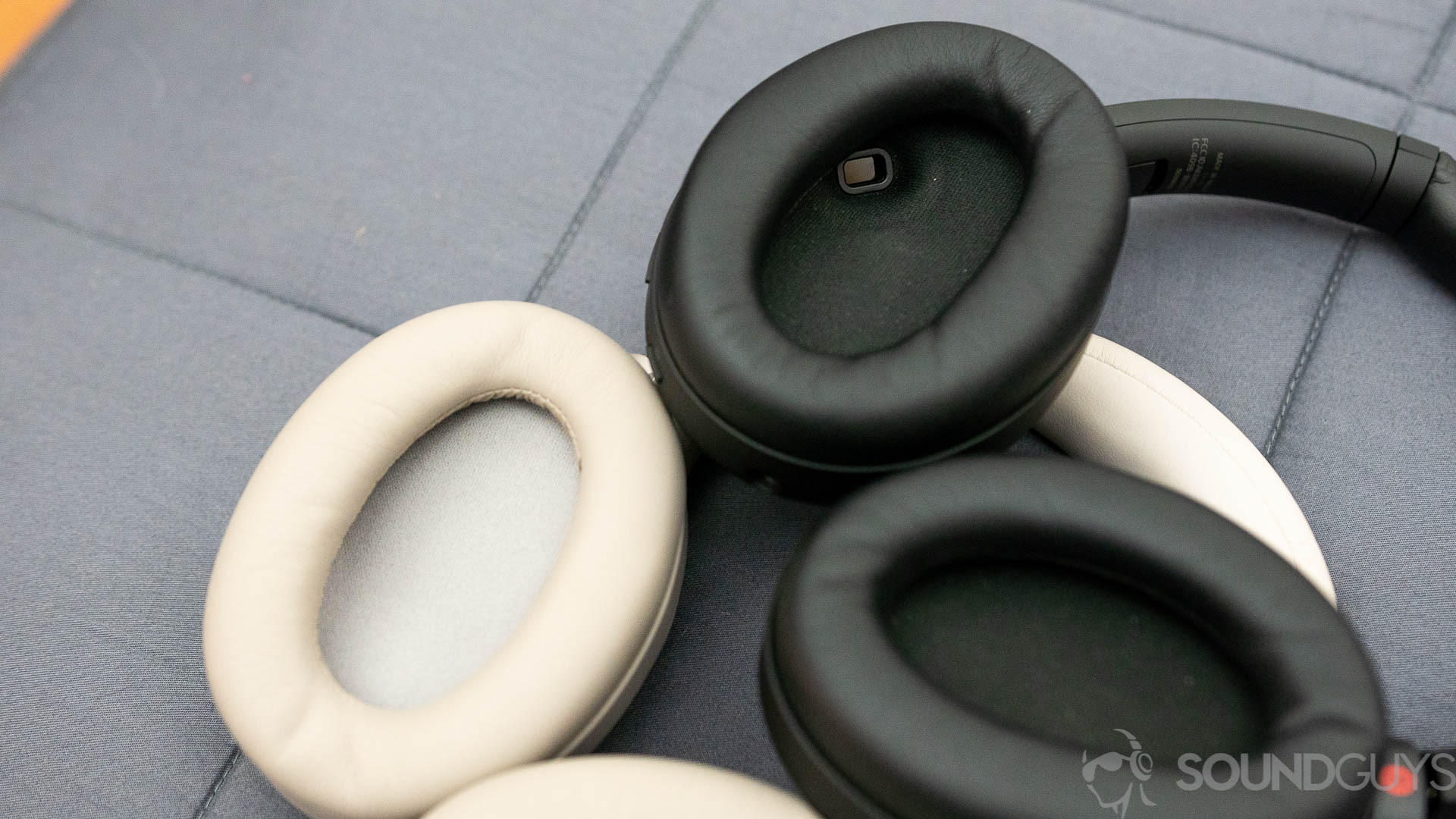
When the Sony WH-1000XM3 came out, we were impressed. It still has a lot of the characteristic fuzziness of an internal microphone, but it’s far clearer than what we typically expect. If you’re only making the occasional phone call, both of these will do fine. Listen for yourself:
Sony WH-1000XM3 microphone demo (Ideal):
Sony WH-1000XM4 microphone demo (Ideal):
Which mic sounds better to you?
Sony WH-1000XM4 vs Sony WH-1000XM3: Which headset should you buy?
Deciding which headphones to buy between the Sony WH-1000XM4 and the Sony WH-1000XM3 really depends on whether or not you can find either of them. Both are discontinued, and have been for years.
The WH-1000XM4 can do just about everything its predecessor can, but the tradeoffs it makes aren’t necessarily improvements for everyone. The lack of aptX means Android users will have to rely on LDAC for high-quality streaming—the codec offers the highest bitrate on the market, but its transfer rates aren’t consistent.
If you get aggravated by little inconveniences like that (or less responsive controls), going for the older model might be the right choice.
Apple users will probably gravitate more toward the Sony WH-1000XM4—its lack of aptX won’t matter, and Bluetooth multipoint is great to have. The WH-1000XM4 is also the more accurate-sounding option, though you can adjust either to your liking with Sony’s companion app. Considering these are currently about the same price (roughly $300-400), there really isn’t a point in comparing prices. It does seem a little weird that the older version is the same price as the newer one, but given that the older WH-1000XM3 are still a great pair of headphones, it makes sense if you’re Sony.

Sound quality
Connectivity options
Auto-wear detection
Really, if there’s one area of improvement that should probably sway your decision, it’s the noise canceling. In this regard, the Sony WH-1000XM3 is no slouch—it’s not the absolute best of the best, but it’s better than almost everything (including the alternatives we mentioned above). However, the Sony WH-1000XM4 is actually one of the best of the best. If you commute to work, travel, or just spend a lot of time in noisy environments, you won’t find better noise canceling than Sony’s latest.
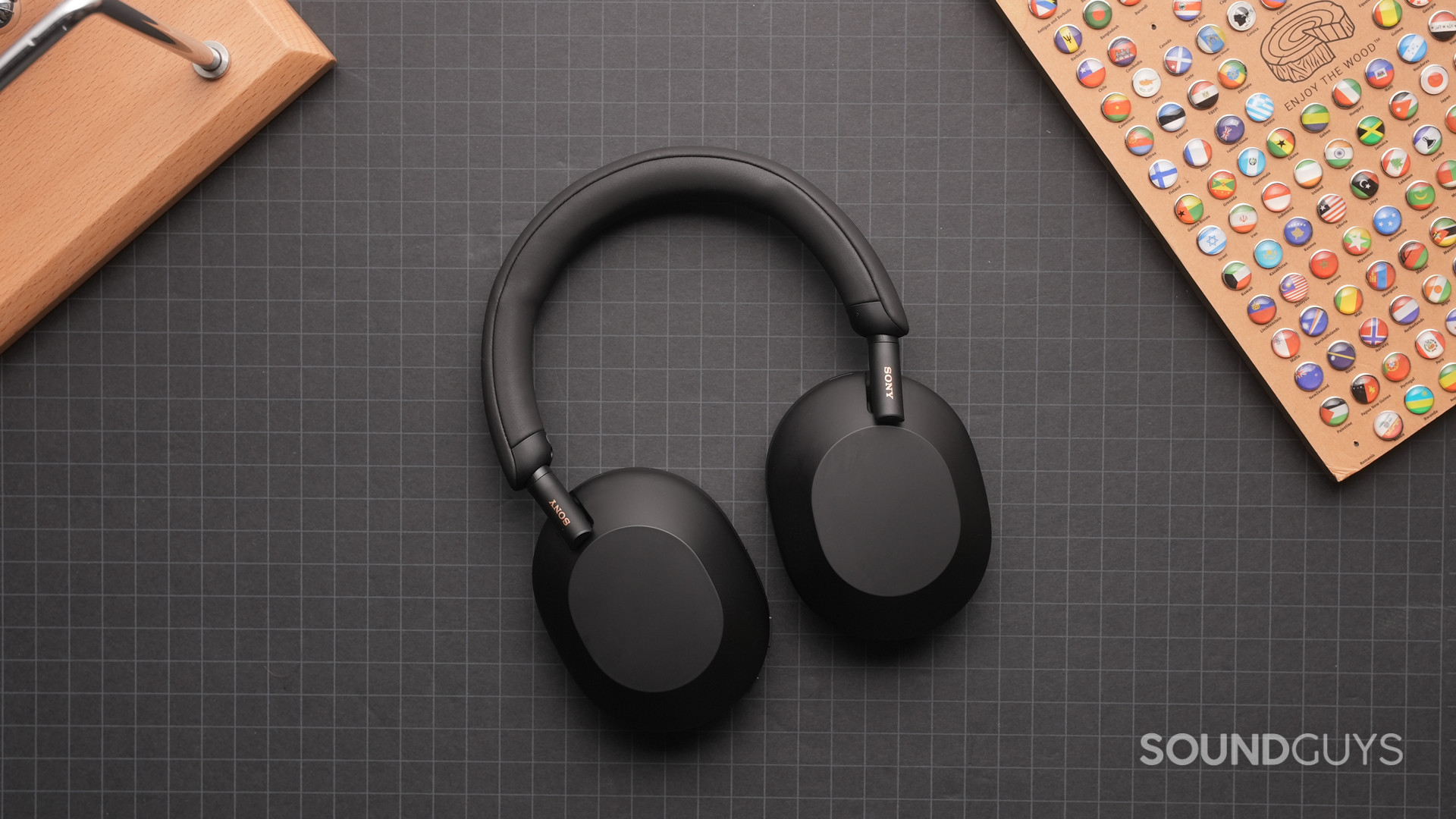
There’s a new kid in town these days, and they’re bringing better noise canceling, a better microphone, and a brand-new look. The Sony WH-1000XM5 is more expensive than either the WH-1000XM3 and WH-1000XM4, launching at $50 USD higher, but it represents a more-than-incremental update.
These new headphones reclaim Sony’s spot atop the ANC pile. They feature a brand-new eight-mic array that dramatically improves call quality and transparency mode quality. Battery life also receives a notable boost. Basically, if good enough isn’t good enough for you anymore, check this out instead of the older models.


What are some alternatives to Sony headphones?

The Bose QuietComfort 45 is a good alternative to Sony’s headsets if you want the best noise canceling within this budget. Unfortunately, you can’t disable the ANC without immediately enabling the transparency mode (amplification of background noise). The sound quality is a little wonky, namely the boosted treble response, but you can always use a third-party EQ app to adjust this. We appreciate the comfortable design of the QC 45, which is all too similar to the Bose QuietComfort 35 II.
Remember, even though we’re comparing two Sony headphones, the company isn’t the only name in town. The Shure AONIC 50 are fantastic headphones that fill all the gaps left between the Sony WH-1000XM4 and WH-1000XM3, with broad codec support, Bluetooth multipoint, and great low-frequency noise canceling, though it is very expensive. The Sennheiser PXC 550-II also does a lot of the same stuff for much less money, though its noise canceling isn’t as good as more expensive options.
If money is no object to you, and you’re knee-deep into Apple’s ecosystem, consider the company’s first over-ear headphones: the AirPods Max. It sports Apple’s H1 chip for seamless connectivity with its mobile devices, great active noise canceling performance, and fantastic sound quality. Be warned, however, cause these cans don’t come cheap, it’s priced at $549 USD.
Frequently asked questions about the Sony WH-1000XM4 and WH-1000XM3
Hi there. These are great headphones for casual music listening but we wouldn’t recommend them for studio or music production use. Here’s an article that explains why.
This really depends on what you’re willing to spend for ultimate convenience because the Apple AirPods Max noise canceling headset costs significantly more than either of Sony’s ANC options. Since you own an iPhone, you’ll benefit from all the features afforded by the AirPods Max, so long as your phone runs iOS 14.3 or later. This means you can access Siri via just your voice, automatically switch between your other Apple devices, take advantage of Spatial Audio, and more. If none of that matters to you, and you just want a pair of excellent noise canceling headphones, we recommend saving your money and getting something like the Sony WH-1000xM4, Bose Noise Canceling Headphones 700, or Shure AONIC 50 instead.
Both the Sony WH-1000XM3 and Sony WH-1000XM4 compare favorably to the Bose Noise Canceling Headphones 700.
Thank you for being part of our community. Read our Comment Policy before posting.